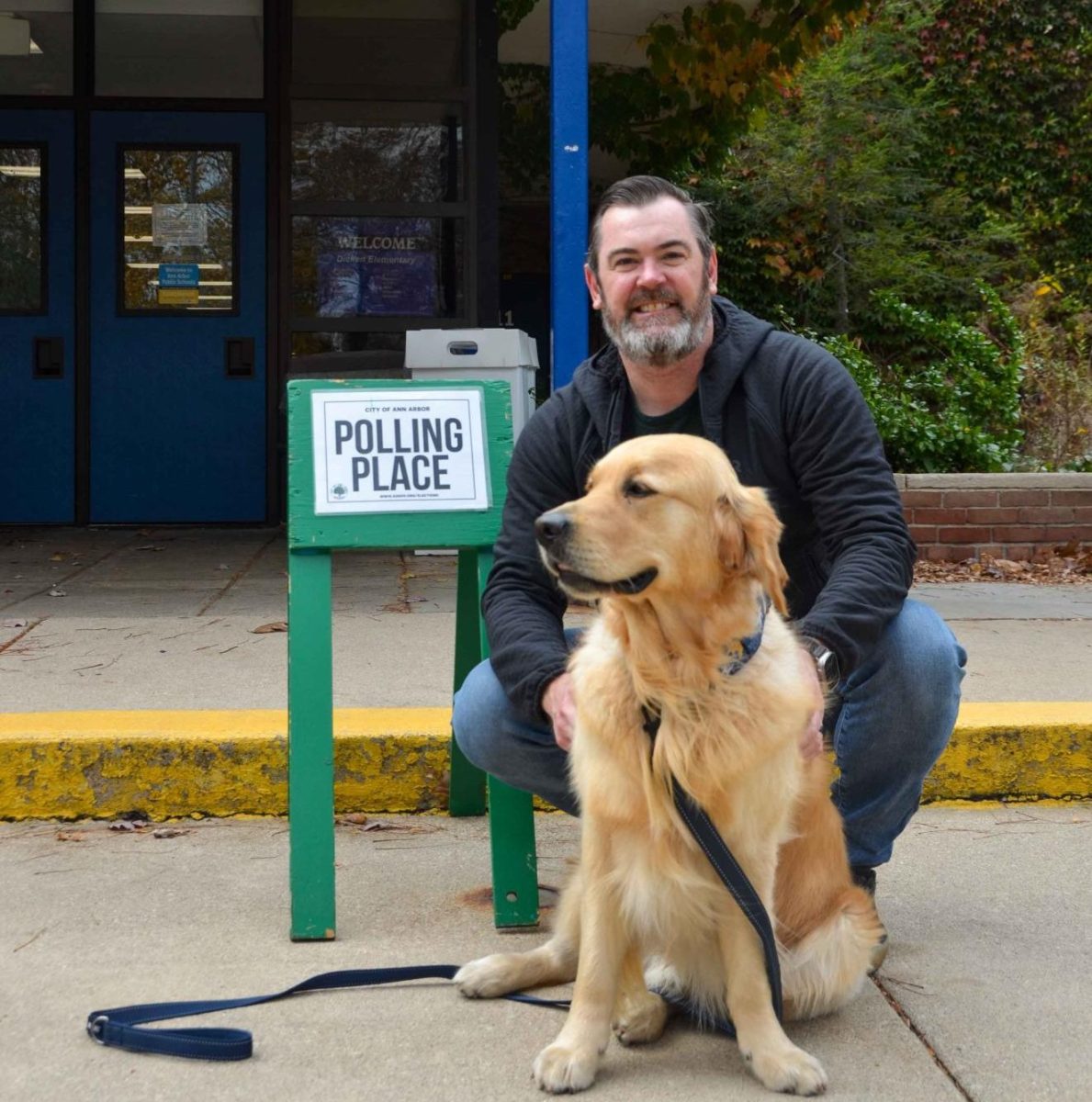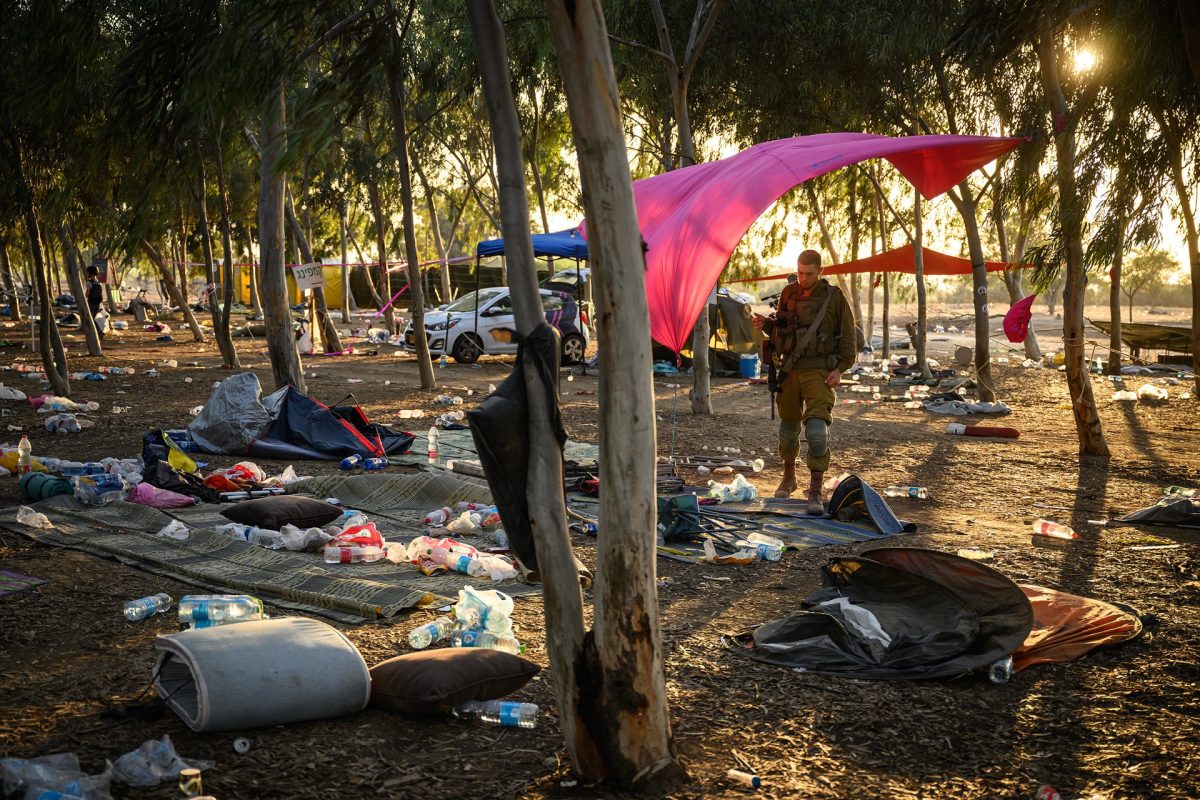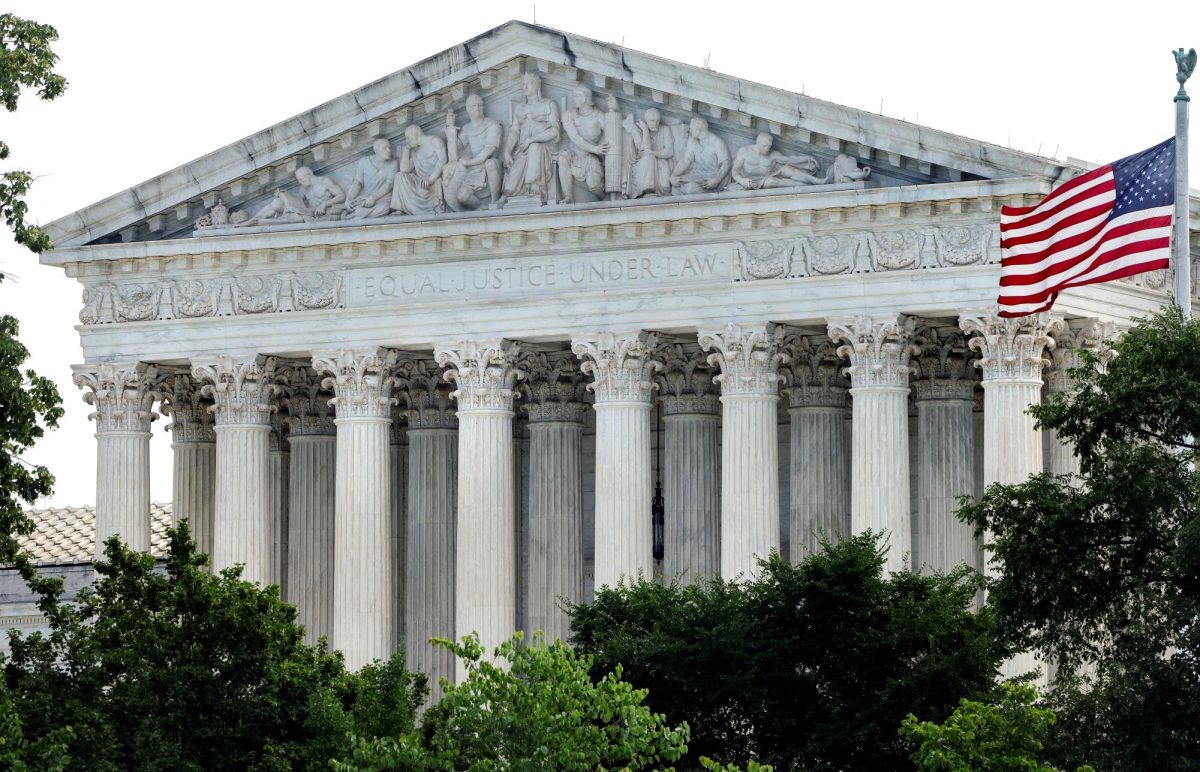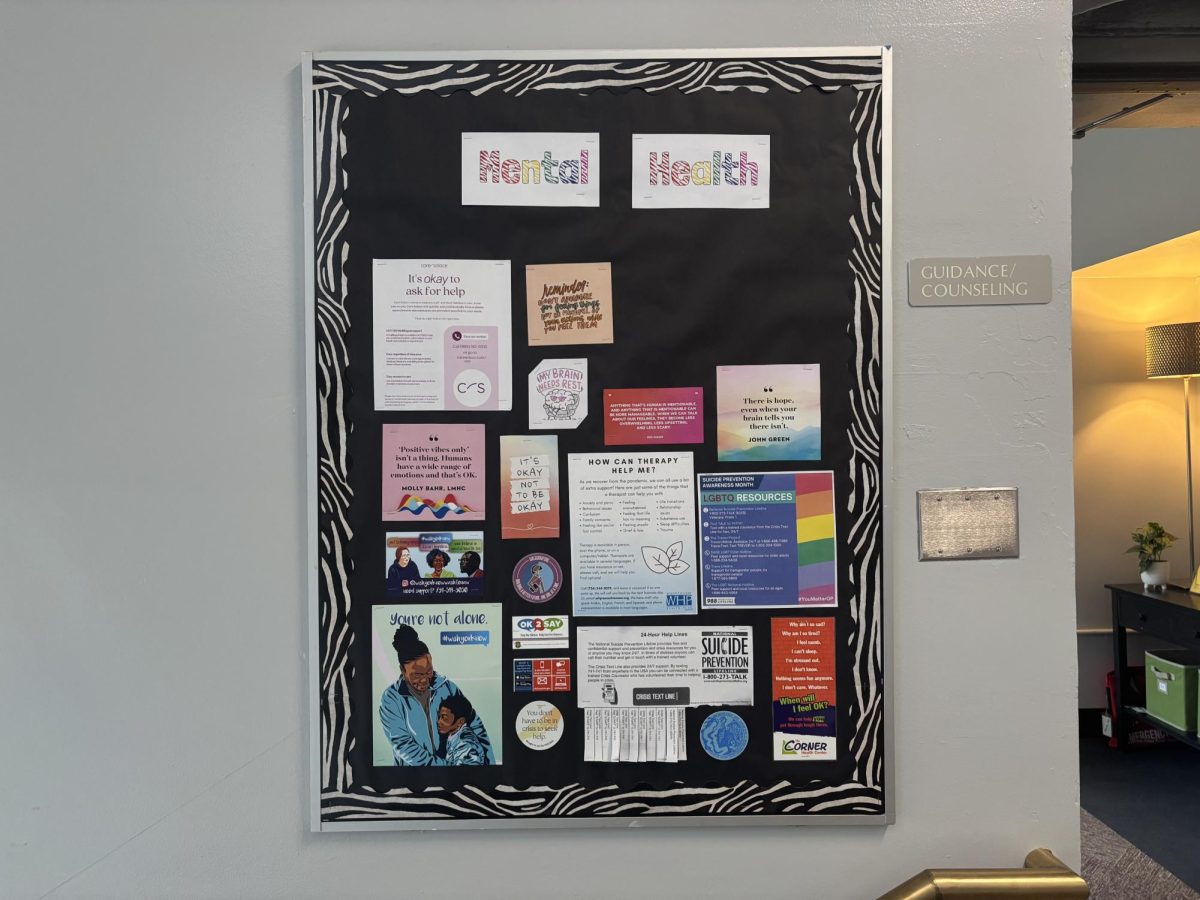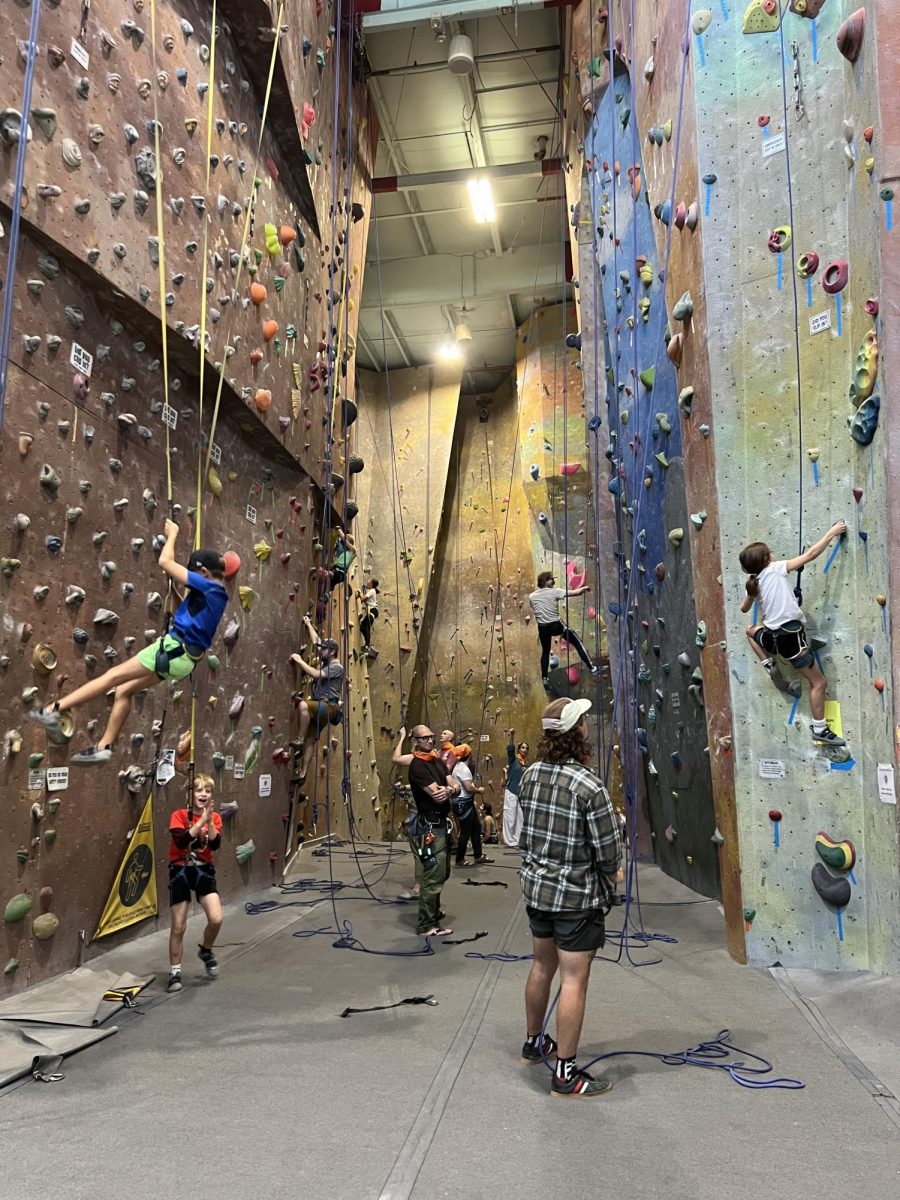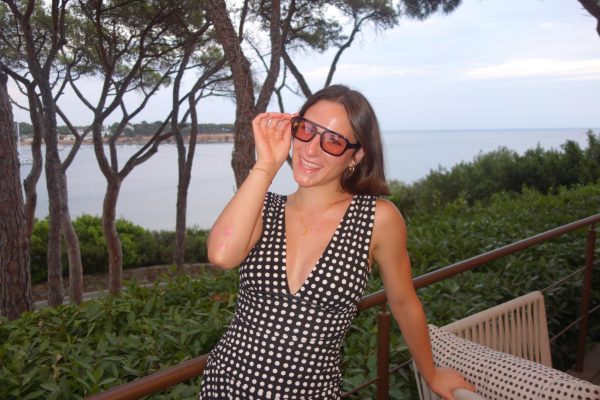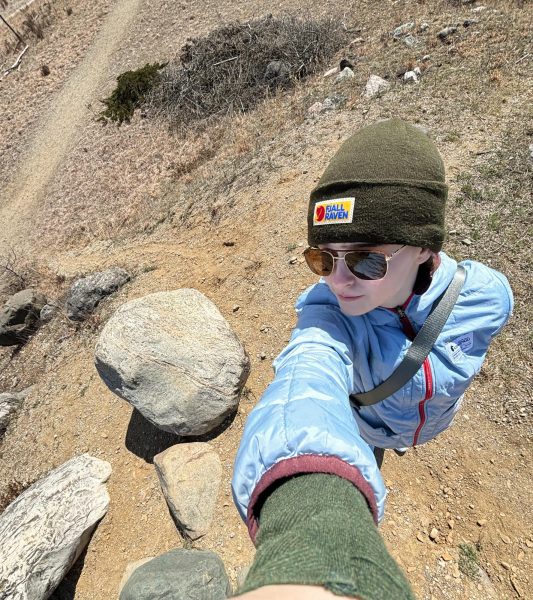Throughout the first Tuesday of November, a steady stream of voters arrived at polling places across Ann Arbor. Candidates and campaigners waited 100 feet away from schools such as Dicken Elementary School and Slauson Middle School. Less than 24 hours later, they would watch as votes were counted and states were called.
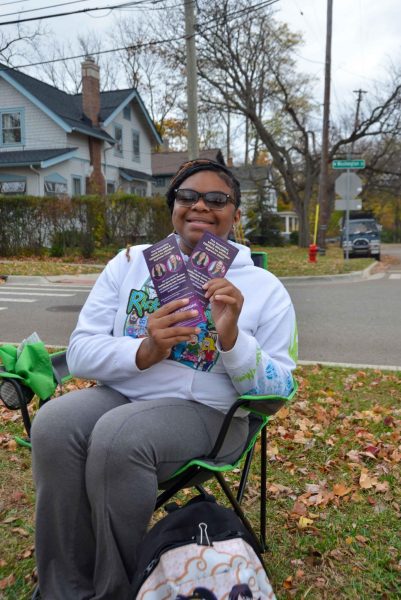
One woman stationed outside of Slauson was 20-year-old Kyla (last name not identified). Raised in Detroit, Kyla now lives in Bellville. Though she hopes to attend culinary school, Kyla’s current job deployed her to Ann Arbor polling sites. She was handing out fliers for Kyra Bolden and Kimberley Thomas in Michigan’s Supreme Court races and encouraging people to vote all around. Both Bolden and Thomas won their races. Kyla believes that electing Bolden and Thomas is key to maintaining reproductive freedoms.
“I feel like everybody should have the right to their own body because it’s your body,” Kyla said. “I’m pretty passionate about it.”
This is also one of the many reasons she considers this presidential election to be important, along with the representation that Vice President Kamala Harris would give to women and people of color.
As Kyla handed out her fliers, music filled the neighborhood from Scott Downer, a DJ who goes by the name “Scotty D.” Downer has lived in the Ann Arbor area his whole life, and has been DJing since he was 12. He is one of thousands of “DJs at the Polls,” an organization that encourages people to vote by making the voting experience feel celebratory.
“I hope that I’ll be doing it again because it’s fun,” Downer said. “It’s just to get the vibe going.”
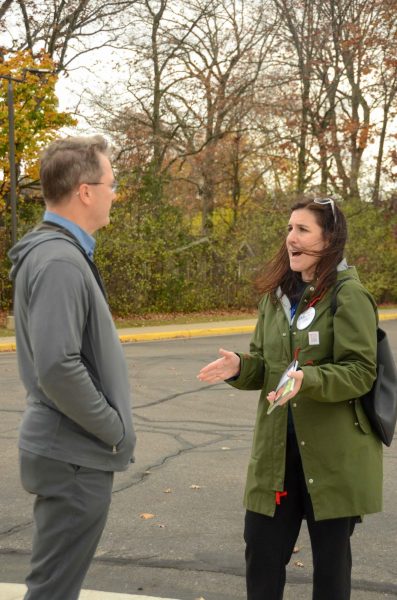
Over at Dicken Elementary, Tamara Garwood handed out fliers encouraging voters to vote for her for a local judge position. She talked to people and told them about her goals and her background before they entered the building to vote.
Inside, Mark Sandstrom checked people in, handing out ballots as voters stepped forward to exercise their rights within the democracy. He worked for 16 hours at the school from when the polls opened until they closed at 8:00 p.m.
Just two hours before, the first polls closed in Kentucky and Indiana. The two states were called early for former President Donald Trump, putting him in the lead for electoral votes, though this was projected by many polls. This trend continued with early confirmed victories in southern states as the night went on.
As more and more polls closed and votes were counted, The Needle began to lean to the right. The Needle is a statistical model from The New York Times that puts early results in context, considering where votes are still missing and how candidates are doing in relation to expected results.
As Sunbelt swing states Georgia and North Carolina began to turn redder and redder, it became clear that unless Harris could keep the “Blue Wall” up, Trump would take the presidency. The Blue Wall refers to typically democratic voting states and includes the swing states of Wisconsin, Michigan, and Pennsylvania. The Sun Belt is the southern states of the US, many of which lean right. Nevada and Arizona fall in this area, with more swing states that stayed in tight margins until the end.
Pennsylvania was called for Trump at about 2:30 a.m., varying between news sources. With Pennsylvania red, Trump nearly had the majority he needed to win.
As states were called for the presidential election, the House and the Senate results came in as well, eventually with a republican majority in both.
At 5:34 a.m., the Associated Press called Wisconsin for Trump, giving him the 10 electoral college votes he needed to surpass 270 and claim the presidency. Just after, the AP called the 2024 presidential election.
Early Nov. 6, before the sun peeked over the horizon to illuminate the eastern side of the CHS building, a presidential candidate had won. Former president, Donald Trump, would be the 47th president of the United States.



